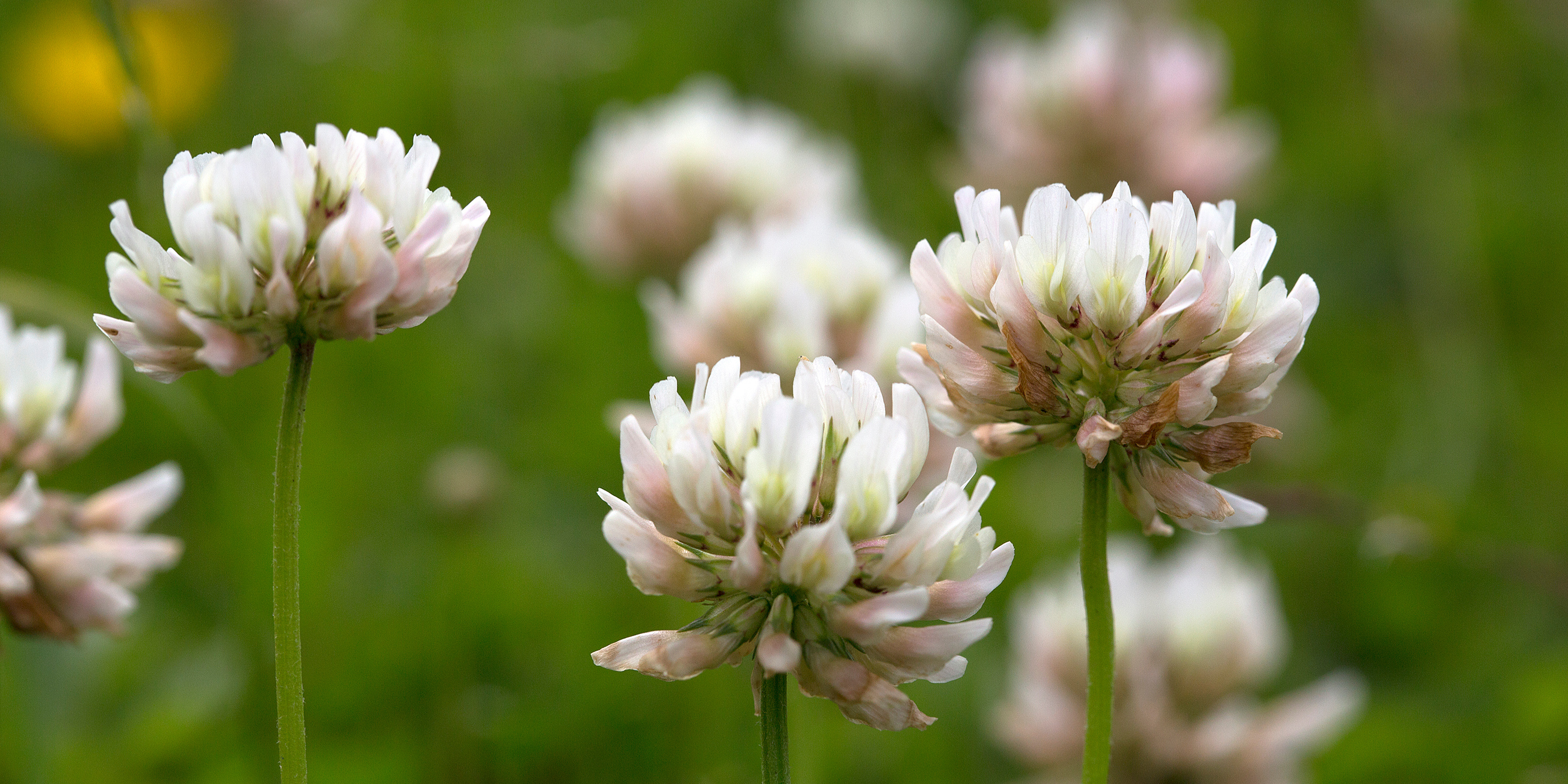
Alternative Supplementation Options for Livestock: Beyond Mineral Tubs
When it comes to keeping your livestock healthy and productive, traditional mineral tubs and salt blocks are only part of the picture. Many producers are now turning to forage-based supplementation strategies to improve pasture health and animal performance naturally.
By adding the right plants to your grazing system, you can deliver high-protein, mineral-rich nutrition straight from the pasture — reducing costs and supporting sustainability.
Let’s explore the most effective forage-based supplementation options available today.
White Clover (Trifolium repens)
White clover is one of the most popular choices for boosting pasture quality.
Benefits:
-
High protein: 20–25% crude protein, ideal for young and growing animals.
-
Mineral content: Naturally high in calcium, magnesium, and phosphorus.
-
Soil improvement: Fixes atmospheric nitrogen, enhancing soil fertility.
-
Palatability: Highly attractive to livestock, encouraging better intake.
Considerations:
-
Risk of bloat if clover dominates the pasture (keep clover at 20–30% of stand).
-
Overseed in early spring or fall for best establishment.
Red Clover (Trifolium pratense)
If you’re looking for a legume that produces more forage than white clover, red clover is a strong contender.
Benefits:
-
Higher yield: More biomass compared to white clover.
-
Mineral boost: Supplies magnesium, calcium, and potassium.
-
Extended grazing: Great for late-summer and fall production when grasses decline.
Considerations:
-
Red clover can cause photosensitivity in livestock if heavily grazed.
-
Needs good drainage to prevent root diseases.
Chicory (Cichorium intybus)
Chicory is a deep-rooted, broadleaf perennial that acts almost like a natural vitamin and mineral supplement.
Benefits:
-
Mineral-rich: Especially high in zinc, copper, and potassium.
-
Drought-resistant: Deep roots access subsoil nutrients and water.
-
Digestibility: Provides highly digestible fiber, boosting weight gains.
Considerations:
-
Chicory is a short-lived perennial (lasting 2–4 years).
-
Best used in rotational grazing systems to prevent overgrazing.

Birdsfoot Trefoil (Lotus corniculatus)
Birdsfoot trefoil is a non-bloating legume option that performs well in tough soils.
Benefits:
-
Bloat-safe: Unlike clovers and alfalfa, it doesn't create dangerous foaming in the rumen.
-
High protein: Supports excellent growth in calves and yearlings.
-
Soil adaptability: Thrives in poor, acidic, or wet soils where other legumes struggle.
Considerations:
-
Establishment is slow; requires good weed control early on.
-
Less aggressive than clovers — may need reseeding in heavily grazed areas.
Alfalfa (Medicago sativa)
Known as the "queen of forages," alfalfa remains a premium supplement for many grazing systems, especially in mixed hay and pasture operations.
Benefits:
-
Protein powerhouse: 18–22% crude protein, excellent for growing or lactating animals.
-
Calcium content: Extremely rich in calcium, ideal for breeding and lactating cows.
-
High energy: Supports weight gain and high milk production.
Considerations:
-
High bloat risk if grazed improperly (always monitor access).
-
Requires excellent soil drainage and neutral pH to thrive.
How to Choose the Right Alternative Supplement
Choosing the best forage-based supplementation depends on your goals and your environment.
|
Goal |
Best Options |
|
Boost pasture protein and minerals |
White Clover, Red Clover, Birdsfoot Trefoil |
|
Drought tolerance and deep nutrition |
Chicory |
|
High-energy, high-protein forage for haying |
Alfalfa |
|
Safe grazing without bloat risk |
Birdsfoot Trefoil |
How to Integrate Forage-Based Supplements Into Your System
-
Test your soil:
Like all crops, legumes and forbs perform best with balanced pH and fertility. Most prefer a pH between 6.0–6.8. -
Plan mixed pastures:
Aim for 20–30% legumes in your grass pasture mix for a balance of production, nutrition, and safety (especially against bloat). -
Rotate grazing:
Giving pastures recovery time ensures clover and other forages stay strong and nutritious. -
Watch animal performance:
Monitor body condition, reproduction, and health — often you’ll see improvements simply from better pasture quality. -
Supplement minerals strategically:
Even with clover-rich pastures, livestock may still need targeted supplements (e.g., salt, selenium, copper) depending on your soil and region.
Final Thoughts
Supplementing livestock doesn’t always mean buying more feed — sometimes it means growing smarter pastures.
By integrating species like white clover, red clover, chicory, birdsfoot trefoil, and alfalfa, you can:
-
Improve forage quality
-
Reduce mineral supplementation costs
-
Build healthier, more resilient soils
-
Support stronger, more productive animals
It doesn’t eliminate the need for minerals completely, but it does reduce dependence on external inputs, improve pasture health, and ultimately, enhance your herd's productivity.
The pasture can be your best supplement program — if you build it right.
Up next: What Is Living Mulch? A Natural Way to Protect and Nourish Your Soil
Share


